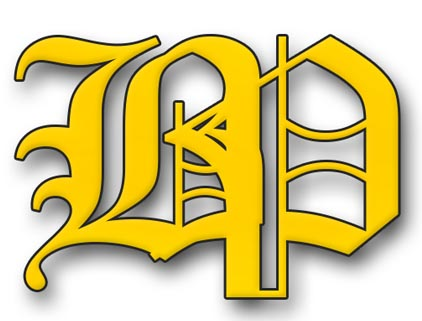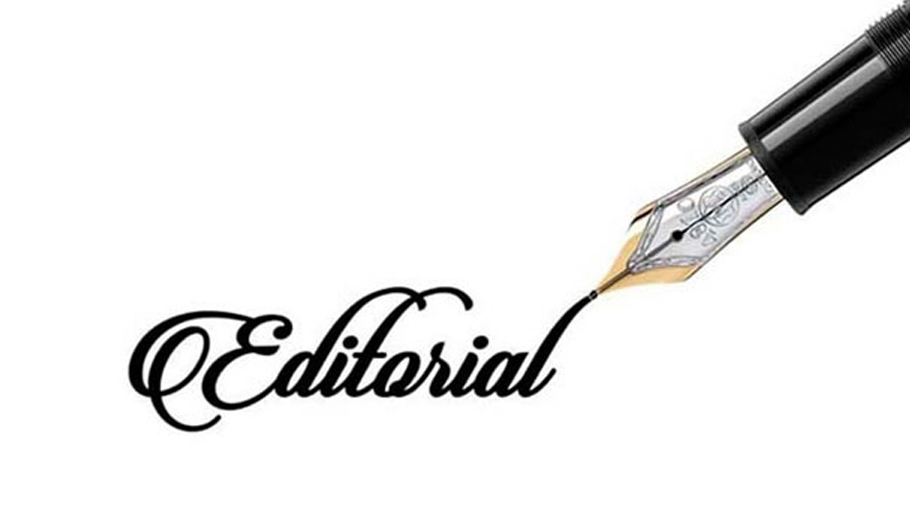DWASA must ensure safe water

The presence of harmful bacteria, high level of ammonia and even traces of human faeces were found in the water supplied by the Dhaka Water Supply and Sewerage Authority (DWASA). People living in different areas of the city, including Jurain, Jatrabari and Mirpur are facing serious difficulties in getting safe drinking water forcing them to collect drinking water from alternative sources.
The water in those areas is contaminated and has on offensive odour. However, the WASA has decided to raise the water tariff by 10% from July 1 this year. With the latest price revision, the capital’s water tariff increased for the 16th time in 16 years. The Dhaka WASA raised the water tariff twice in two years during the coronavirus pandemic.
When a portion of a pipeline leaks, then, for instance, contaminated water enters at least 10 houses. Water becomes contaminated in three ways -- at source, in the supply line and in overhead tanks and water reservoirs of households, according to media reports.
WASA has around 8,000-km of supply lines -- around 3,000 km of which consist of derelict 150-year-old pipes -- for around 3.9 lakh connections in its 360 square-kilometre service area. It can produce 270 to 275 crore litres of water daily. Of this, 34 percent is surface water with five water treatment plants and the rest is extracted from underground with 906 deep tube wells, according to an official of Wasa.
As WASA is responsible for
contaminated water, it will have
to take immediate steps to resolve
the issue
The authorities concerned will have to devise a master plan to reach pure drinking water and set up a better sewage management system across the city. As WASA is responsible for contaminated water, it will have to take immediate steps to resolve the issue.
Therefore, diseases caused by drinking contaminated water are making citizens’ expenditures to go higher. WASA is spending more money to commercialise drinking water than to decontaminate the supply water.
The lack of safe drinking water is not only a problem for Dhaka but the whole country is suffering from it. Jurain is supplied with the most polluted water within capital.
We think public involvement is necessary to solve the issue. The quality of WASA water continued deteriorating with no sign of improvement.
Water supplied by WASA is contaminated in 59 areas under its 10 zones, according to a report submitted to the High Court three years ago. According to the World Bank report, about 80 percent water supplied through pipelines contains harmful bacteria.
WASA must take measures to increase the capacity for ensuring the supply of safe drinking water.



